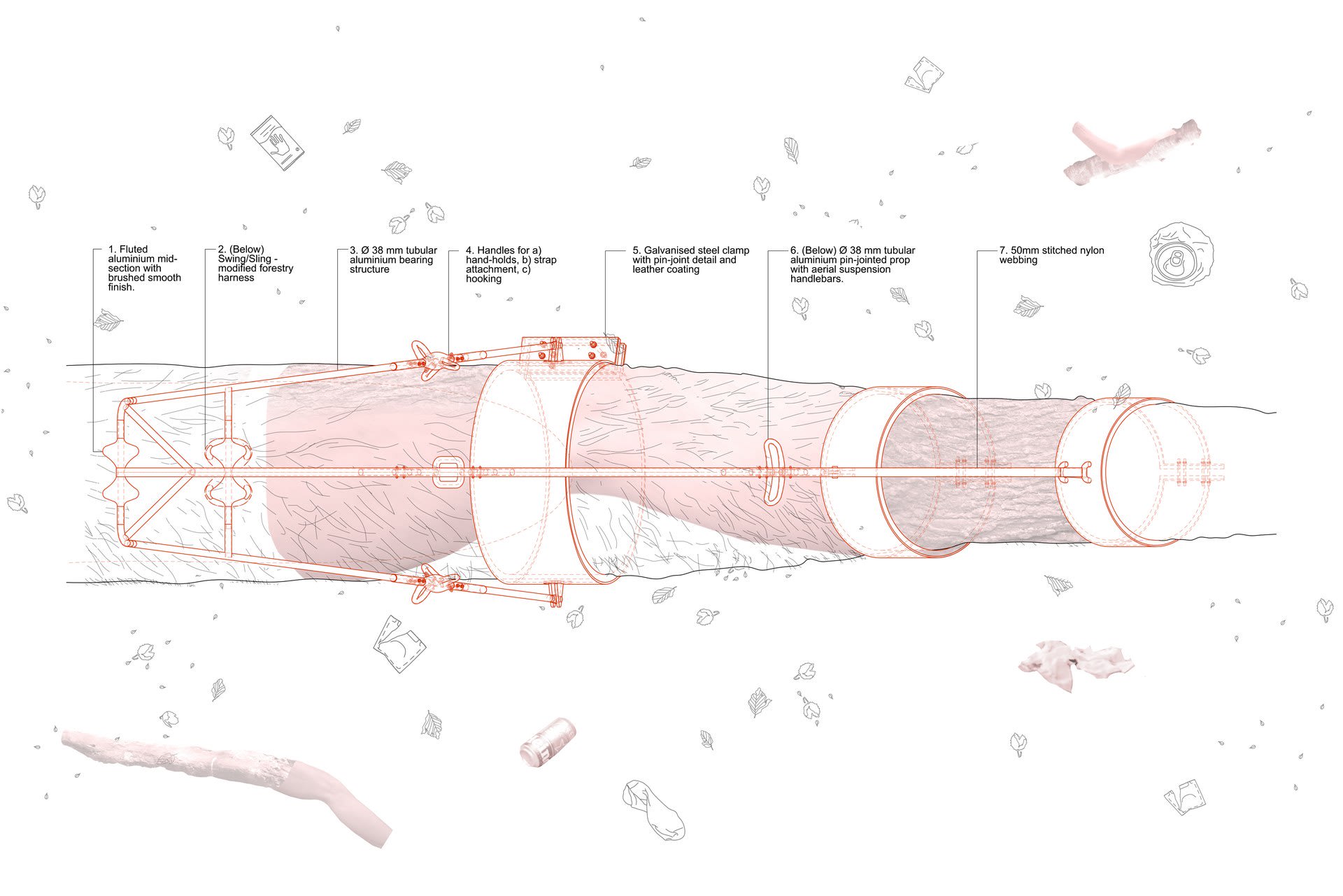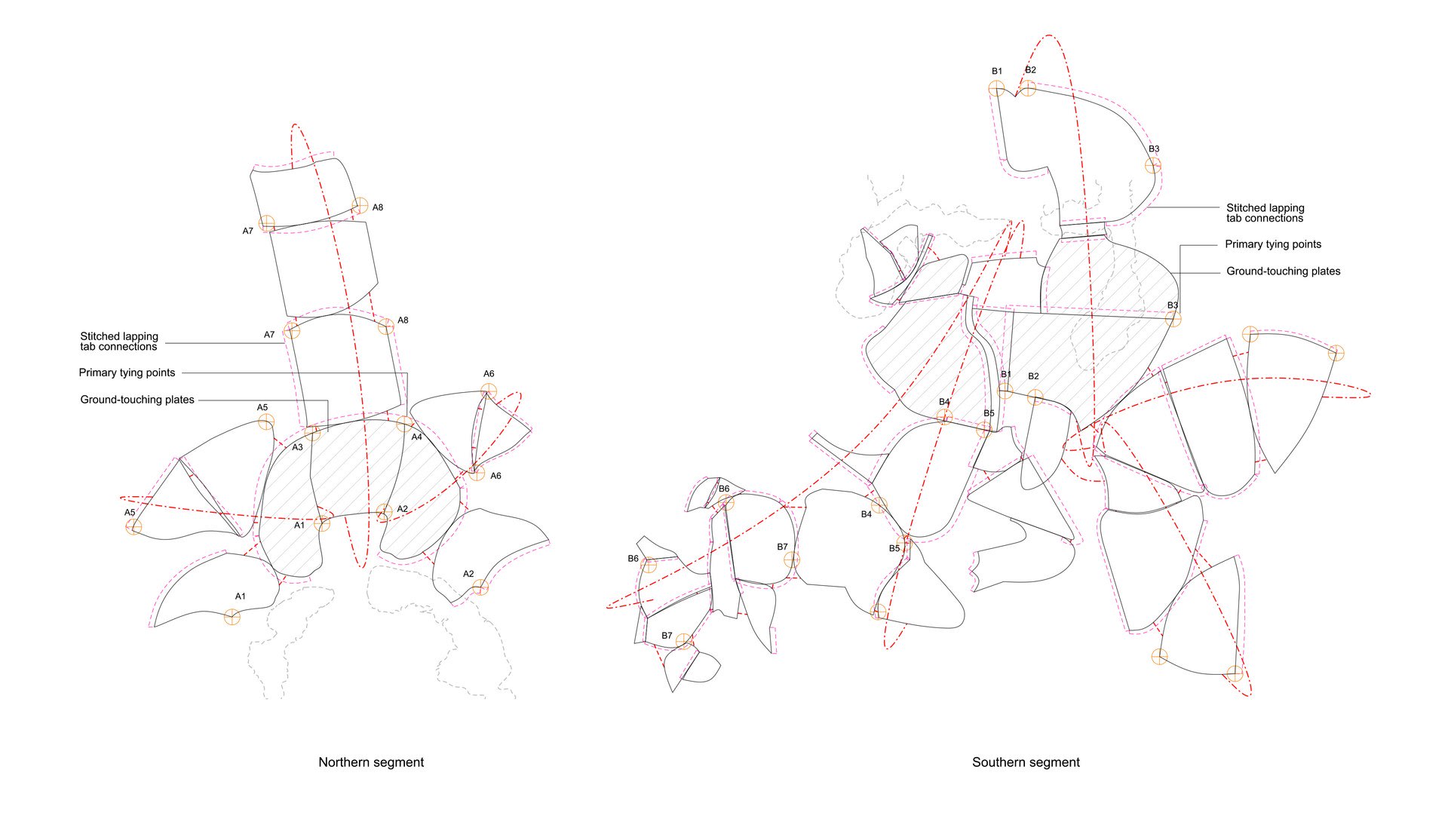Daniel joined the RCA community in 2019. He is currently studying in ADS 3 with Alon Schwabe and Daniel Fernández Pascual of Cooking Sections, having previously studied in ADS 0. His project, ‘Building Bodies’, explores the conceptualisation of ‘bodily fitness’ through queer methods, and proposes a series of contraptions which augment key tree bodies within the site of Hampstead Heath. His work has been shortlisted for a number of scholarships and awards, most recently the 2020 RIBA Wren Scholarship and the 2020 RIBA West London Student Award.
Prior to the RCA, he worked for a year at WilkinsonEyre, during which he worked on a number of infrastructure projects, and played a central role in the practice’s entry into the LFA’s 2019 Pride Float competition. He completed his undergraduate degree in Architecture at the University of Bath, where he was awarded a 1st class degree.
He is involved in a number of causes within the spatial disciplines. He is the founder of the RCA Neurodiverse Society, which provides a forum for Neurodiverse students at the RCA to share knowledge, resources, and experiences. His work in this area is supported by his role as an Equality, Diversity, & Inclusion (EDI) Rep at the College, a position which he has held since October 2020. Since 2019 he has also been a Champion for ArchitectureLGBT+, a not-for-profit grassroots organisation which supports LGBT+ members of the Architecture industry. In this role, he has supported a number of events and most recently was jointly-responsible for overhauling the group’s website.
















